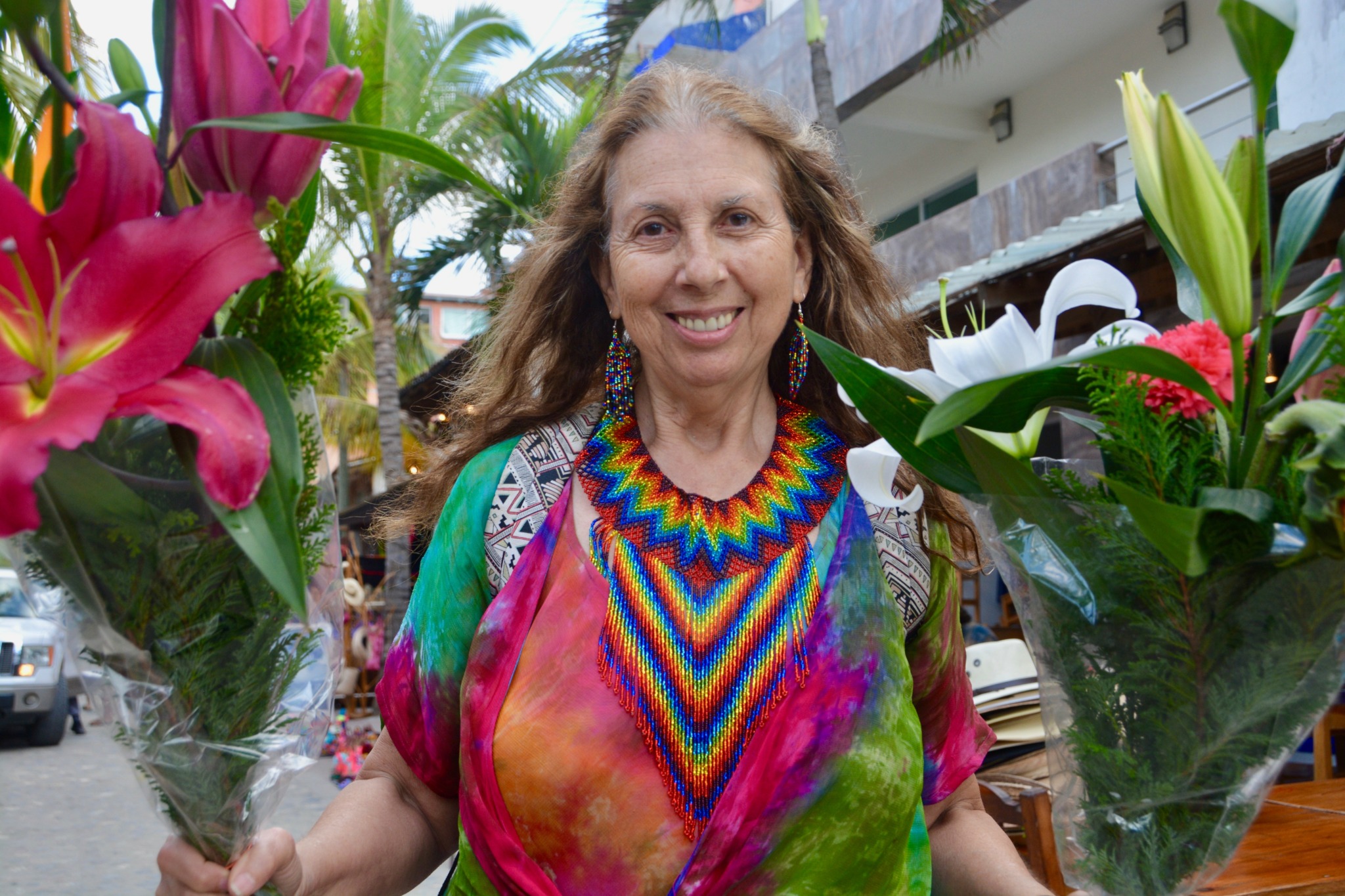Today we’d like to introduce you to Shelli Lipton.
Hi Shelli, we’re thrilled to have a chance to learn your story today. So, before we get into specifics, maybe you can briefly walk us through how you got to where you are today?
On January 16th, 1947, President Truman delivered the first televised State of the Union address, emphasizing cooperation with the newly Republican-dominated Congress for the common good. On this eventful day I was born. Is it possible I heard a happy buzz in the hospital? Do early childhood experiences and DNA set one’s path more strongly than later influences? I’d like to try and prove that out. While it’s not a standalone idea, I believe my childhood formative years profoundly impacted my bold journey. I grew up with biological parents, my uncle (mother’s brother) and a five-year older brother all sharing a two-bedroom apartment, one bathroom, kitchen with cooking area and dining table, living room, and entrance foyer. Extra cubby space were spacious closets and cartons/suitcases under a twin-size extra bed in my parents’ bedroom. Bronx Park, Bronx Zoo and Botanical Gardens were all within walking distance and regularly visited. Conveniently located across the street from my house was the elementary school I attended from kindergarten through the sixth grade. Maples, Oaks and a variety of other trees grew on these city streets giving us shade and shielding us in light rains when we didn’t have an umbrella. I knew in a lightning storm you don’t stay under a tree, it’s better to get wet.
People adorned windowsills and fire escapes with flowering plants. On windy days you avoided walking under the potted plants cautioning you that a flowerpot could fall on your head and possibly kill you. It did happen and being cautious were teachings that to this day are planted in my head. That’s also a pun.
I lived in a neighborhood vibrant with ethnic European culture. Delicious aromas permeated the streets. Excellent delis, bakeries, and restaurants all luring you in whetted your appetite. Friendly people smiled walking by you. Children were independent and unescorted at a young age. You learned how to cross the street and go to school by yourself as early as first grade.
Same with shopping. Often you bought cigarettes for your parents and candy for yourself. Not judging whether that’s good or bad, it just was what I experienced when I was growing up. In those days you brought your own shopping bags to the store. The many colorful, homemade ones looked like they were made with upholstery fabric. People showed off their individual styles and creativity. Metal shopping carts were also used. The big shopping day was Friday. We always tried to avoid shopping that day.
Friday was payday. With two salaried men in our family, we survived rather well. Not rich, but definitely not deprived. I did observe my mother’s budgeting. I got an allowance, my own wallet at age three and understood that was candy money. I paid the candy man and counted change. When I was older my allowance still for personal spending had to include saving money to buy presents. I got very good at thinking up ways to earn extra money.
Choice as an option is important to me. Whether I buy something or choose to make it I like to see what’s available. Stimulated by an abundance of variety stores you learn to make educated guesses. If you guessed wrong, there was no guilt. You tried your best.
We lived on the ground floor. About eight feet away was the elevator. A side entrance to the building was almost opposite our door leading to a courtyard where children and people gathered. Each door was graced with its own identifying number and letter. Our apartment 1-G was the last alphabet letter for each floor in the building. There were seven apartments per floor and six floors to the building, with the exception of two basement apartments. Also, there were four sections to this apartment complex. Halloween trick and treating resulted in a big haul just hitting up all the tenants. The boys would chalk the doors if there was no one home.
Our apartment was adjacent to the elevator. Often people rang our doorbell thinking it was the elevator. There was a peephole in our door, but it was above my reach when I was four years old. You didn’t need to worry about who was ringing the doorbell. You just opened it. Occasionally it was a stranger believing they pushed the elevator button. At first I laughed. Then I got the hang of it. I realized a connection that some people had never been in an elevator building before. My grandmother still lived in a walk up and didn’t speak English and only learned about elevators visiting us. I empathized with those people who made a mistake ringing our doorbell and walked them to the elevator. I pressed the button for them making sure they boarded safely.
Almost opposite our front door was a side entrance to the building. It was a more convenient way to enter as our door was there. Although, the main section to the four section buildings were gorgeous. Immaculately taken care of and landscaped with bushes, trees, and flowers when in season. The street cats meandered about. My mother fed them fish bones. A lady in the building fed them every morning canned cat food. I would watch her while looking out of our living room window. All the stray cats would come running to her. Afterwards she would pick up the empty cans and dispose of them in the incinerator sink. That’s where newspapers were in one pile and metal was put in another pile. Early-on recycling.
Taxis were affordable and once a week we visited my grandparents. My three aunts and uncles from my father’s side were all there for a family meal. I got to play with cousins around my same age. My uncle attended operas and theater and took my brother sometimes. He was not interested in these venues. So, he hung out with the boys and played sports. I often went to the opera with my uncle. He’d explain to me what they are singing since it was in Italian.
We had a very large Victrola®️ record player in our bedroom and a huge record collection of 78s. My favorite record was “Ballad of America”. Just before my first day of kindergarten my uncle told me not sing any of the songs from this album. He told me it was because he bought these records from a special store that charged very little money for them. So, no one should know we have them. When I grew up, I learned Paul Robeson who was blacklisted in the United States made this album.
Housework seemed like drudgery. I watched my mother spend way too much time in doing laundry. As kids we wore something once and threw it into the hamper. I got scolded for not folding up my clothes that weren’t dirty. Mom was right. She taught me how to fold up shirts, hang up blouses, dresses and pants and put everything away. It was not my favorite pastime. I did get good at it. I wanted to fold and hang up my clothes perfectly. Next, I learned how to iron. I enjoyed that. I did burn a few items but was never scolded for it. Before I knew it, I was in charge of ironing pillowcases and dad’s handkerchiefs.
Laundry seemed to take forever to do. My father’s shirts were washed and ironed at the Chinese laundry. That’s where I learned how to wrap things with brown paper and string using my waist leveraging it against the package I was folding up. That processing came in handy when I ran out of tape or wanted to use string as a handle on a wrapped package.
In the house we had a washing machine with a wringer. Summers away we lived without electricity in a Bungalow and hand washed clothes. A washing machine was definitely more modern. Clothes still needed to dry. In the Bronx the clothesline was on the roof. While most of the water was extracted with the wringer attached to the washing machine it was a long processing time.
I found the wringer to be so interesting to study. I would draw it. I watched it slowly spit out one piece of clothing at a time from this oblong oval contraption connected upwards from the back of the washing machine. Tenderly my mother would attend to this job and tell me to keep my fingers away from it. I loved listening to the sound of water become fainter and fainter as it spun out a wrung-out piece of clothing.
Some clothing was too delicate to spin out. My mother used her hands over the sink squeezing it out. I drew her hands. The expression “being put through the ringer” came up in adult conversation often enough for me to understand a great deal of patience was required. I was never bored with repetition. I could observe and draw slowly. Then we put the clothes in a dry pillowcase and placed it into the metal shopping wagon and hung it up on the roof. The elevator only went to the sixth floor. So, step by step, mom pulled the shopping wagon up. Sometimes I lifted up the shopping wagon from the bottom to help mom get it up to the next step. Often it was too heavy for me. The basement had washing machines that cost money. They weren’t always clean. We used them rarely. They didn’t have wringers.
I did find hanging up the clothes to be lots of fun. I loved the wooden clothes pins and still do. I was awed at the use of pulleys on the clothesline. You could stand in one place, hang up something and move it along. Lastly, we hung the now semi-dry pillowcase. These days I have duplicated this pulley system in Mexico where I spend winters. Our neighbors are intrigued at the ingenuity. I built a dumb waiter to hoist things up a floor using pulleys at our last rental along with a clothesline 12 feet above the ground. That left the downstairs there to use for a garden space.
Gardening is dear to my heart. Mom saved wooden cheese boxes for a windowsill garden. We bought flower seeds and while I watched many plants come up I didn’t know how to separate them and many died. I also snuck some seeds into the courtyard soil outside and saw flowers bloom there. I planted cuttings from carrots and leeks. That worked. It was a beginning of a lifelong practice.
Pets were introduced early on by my dad. I had baby chicks, turtles, goldfish, parakeets, a canary, and cockatiel. Not all at the same time. I taught two of the birds to talk. I cleaned the cages. I covered the bird cages at night. I was taught to feed animals first as they were dependent on me. I brought many stray cats inside, but I wasn’t allowed to keep them. I walked a neighbor’s dog and was tipped money although I didn’t expect that. I played with ants and frogs outside. I wasn’t afraid of darning needles, loved butterflies, didn’t run from bees, and I wasn’t upset when dad caught a mouse in the house in a trap.
One of the annual Christmas time visits in New York City was window viewing Fifth Avenue Christmas season. We munched on steamed chestnuts sold by street vendors and did a walk about. I saw Santa Claus in the store window. He waved to us. Then we’d pass another store and Santa Claus was in that store window too. After seeing a few Santa Claus’s in store windows I was confused and said, “Mommy, I thought there was only one Santa Claus”. Mom stopped, paused, and thought for moment stunned as to how to address this perplexity. She bent over more to my height and said, “you’ll have to keep a secret. Santa Claus is really mom and dad giving you the presents. Don’t tell the other children.” She didn’t want to lie to me as she was teaching us it’s wrong to lie. I never told the other kids. We still hung up our stockings and I proudly wore a Santa Claus pin on my jacket with a small red light on it.
Mom and dad loved to play cards with an Aunt and Uncle who weren’t really my aunt and uncle. They were good friends of the family. I was taught that honoring them as extended family was the same as real family. One could earn their way into being related through love.
Exposure to classes in gymnastics, tap dancing and ballet were all after school activities. That developed into healthy exercise. Plus, you do recitals and wear tutus, leotards and listened to the metal taps on wooden floors which floored me. Another pun! All this and so much more because I had a loving, supportive family. My father’s influence came at a later stage of growth.
All of this knowledge was learned in early childhood: love, observation, decision making, obstacles, sharing, choice, abundance, work ethic, patience, timing, stimulation, dexterity, schooling, budgeting, shopping, touring, playing, imagining, responsibility, discipline, secrets, no stealing or lying, etc. All of which have shaped my story. As with maturity it ripened and expanded. It was a bold journey which began before the age of five.
We all face challenges, but looking back would you describe it as a relatively smooth road?
When I attended Music & Art High School 1960-1964 and registered, on the first day of school each art student was handed a small booklet. In size, it was about 4” x 5”. Rather small. What they spelled out was an honest look at what to expect from their perspective if you choose art as a career. Summing it up it was to basically accept an idea you were not going to be making a lot of money. The starving artist syndrome. On the other hand, the movie FAME was scripted from this school’s unique blend of very talented artists, musicians, and dancers. A mindset from my perspective was work hard, get great at your craft, make enough money to live, be frugal and follow your passion. Obstacles are unsolved challenges. Challenges require mindful solutions. There’s an entire team I work with. It includes AI.
Appreciate you sharing that. What else should we know about what you do?
As a dedicated professional artist, I have the opportunity of engaging in work that not only challenges me intellectually and creatively but also allows me to contribute meaningfully to specific goals, values, or outcomes relevant to all living things. My journey began with a passion to communicate, and scribbling evolved into a fulfilling art career. In my current position, almost four decades old, as founder, CEO and Treasurer of Woodstock Museum, Inc., I focus on rewarding tourists with a back to the garden environment, utilizing photovoltaic panels for making electricity and hot water, non-toxic swimming pool exhibit with hydrogen peroxide making oxygen as the primary cleaning agent, choosing a tour guide familiar with the sixties consciousness whose storytelling and exhibits bring relevance to past HIPSTORY™️ into the now and as preparation for the future. Edutainment as an engaging method is essential to the delivery of these goals resulting in making it fun and play.
This role helps to explain Woodstock the town, the festival(s) and the notion. I thrive in collaborative environments engaging children, adults, and partner with other organizations and institutions to reach other audiences. Woodstock spirit, peace and love, sustainable living must prevail across the planet if we are to survive as a human race.
Is there anything else you’d like to share with our readers?
Yes. I sent additional information to your email.
Pricing:
- Donations to Woodstock Museum can be made on the website.
Contact Info:
- Website: https://www.WoodstockMuseum.org
- Facebook: https://www.facebook.com/woodstockmuseum
- Linkedin: https://www.linkedin.com/in/shelli-lipton-2b9a103
- Other: https://ShelliLipton.com
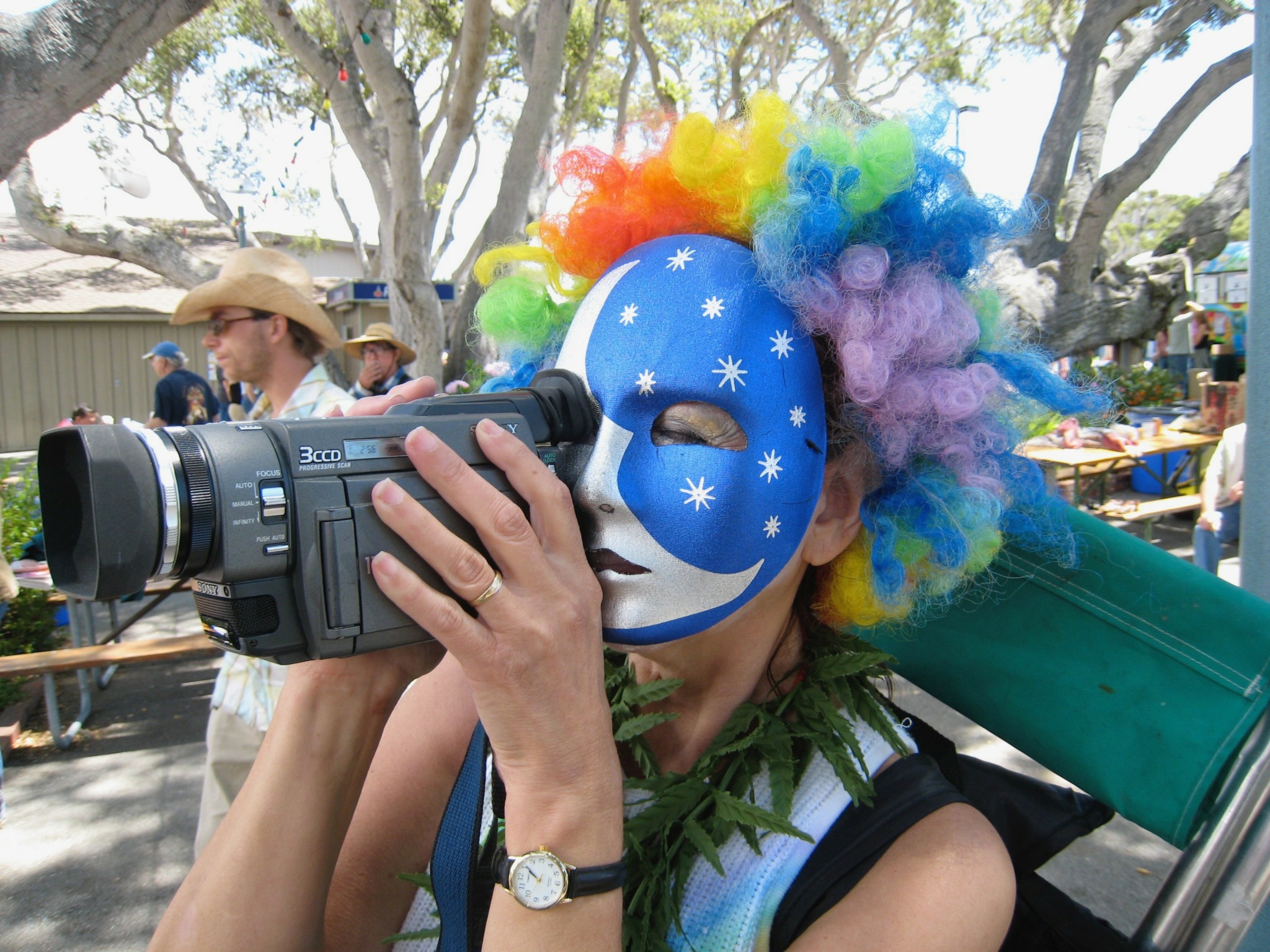
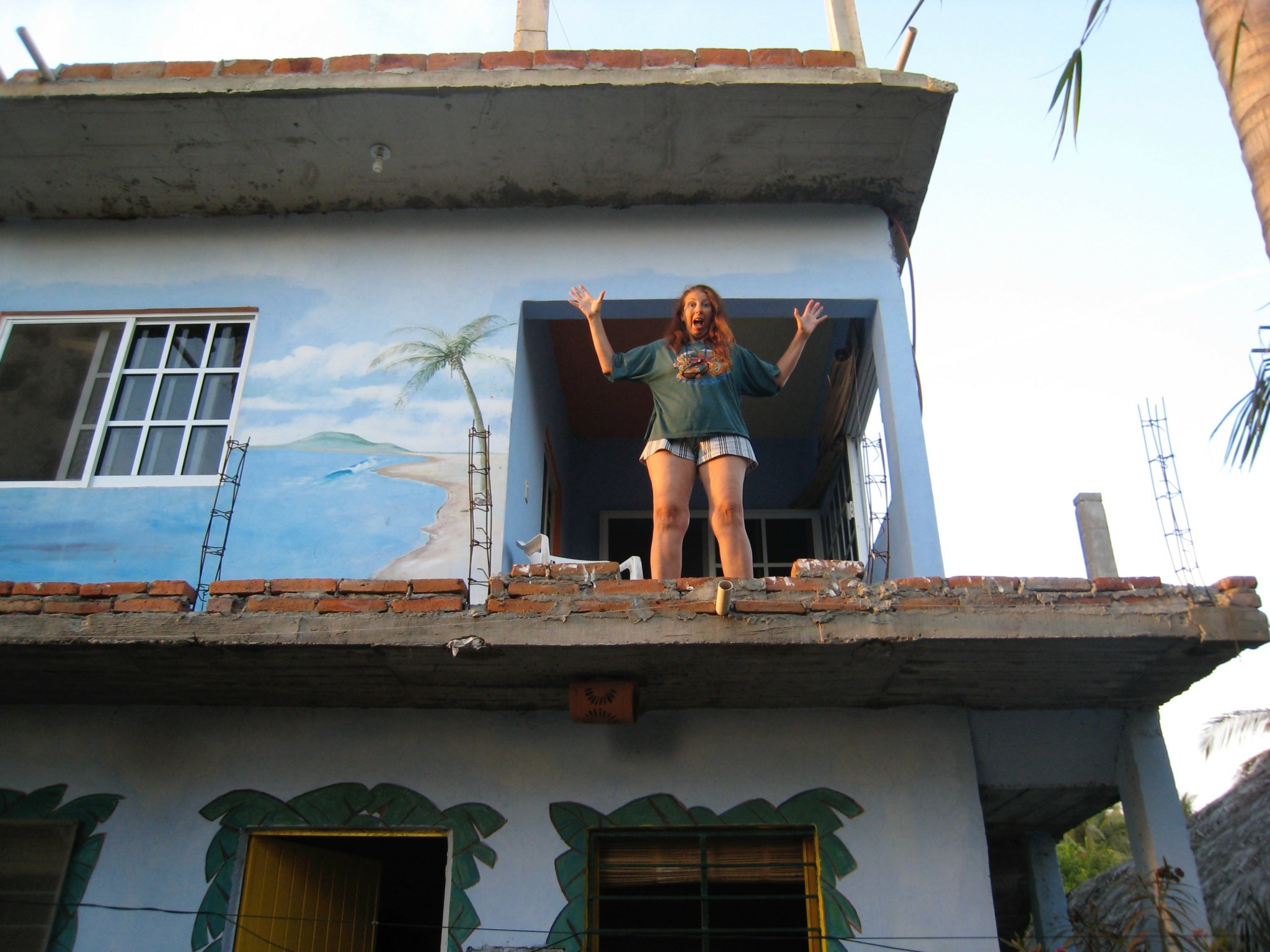
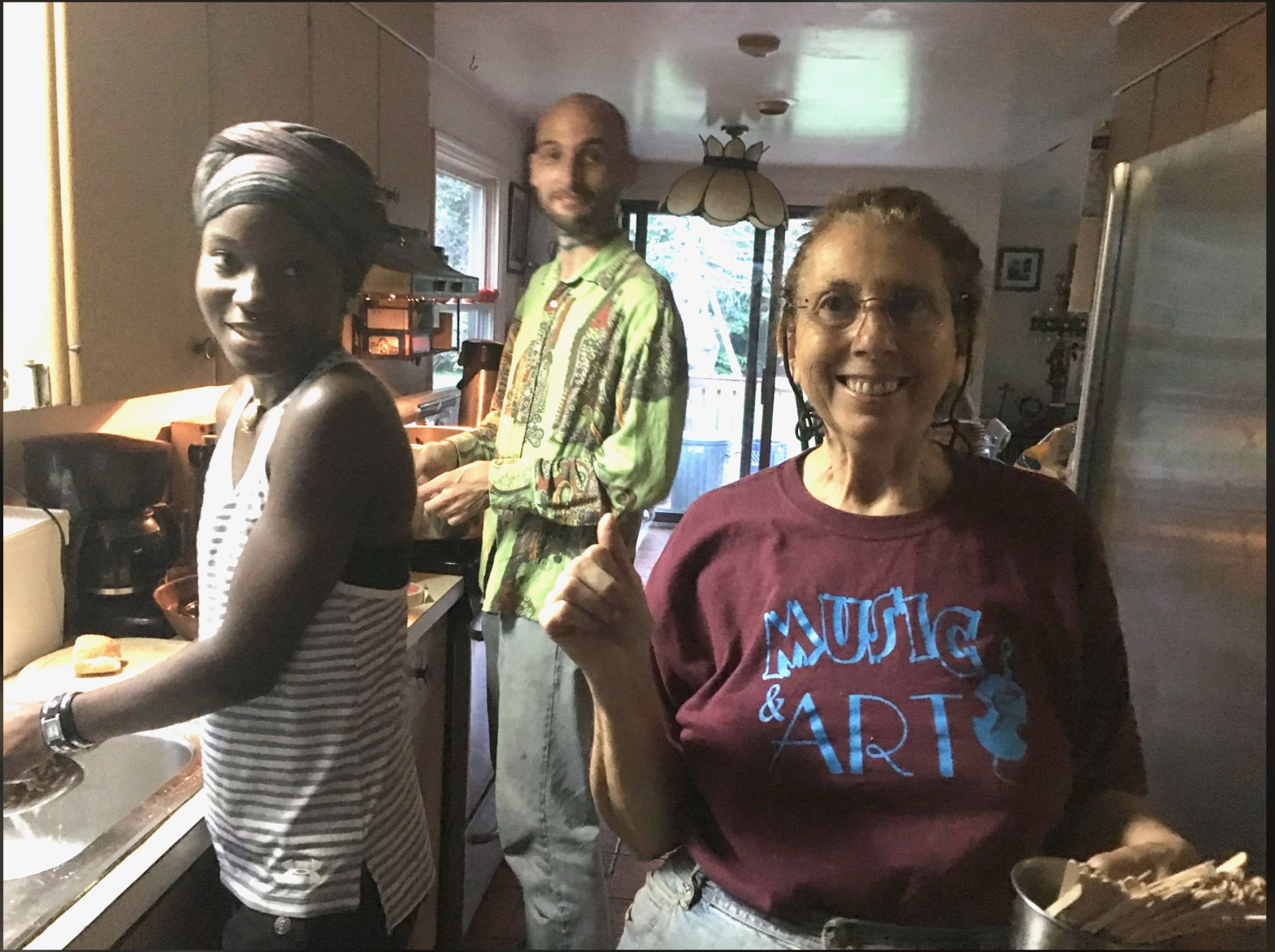


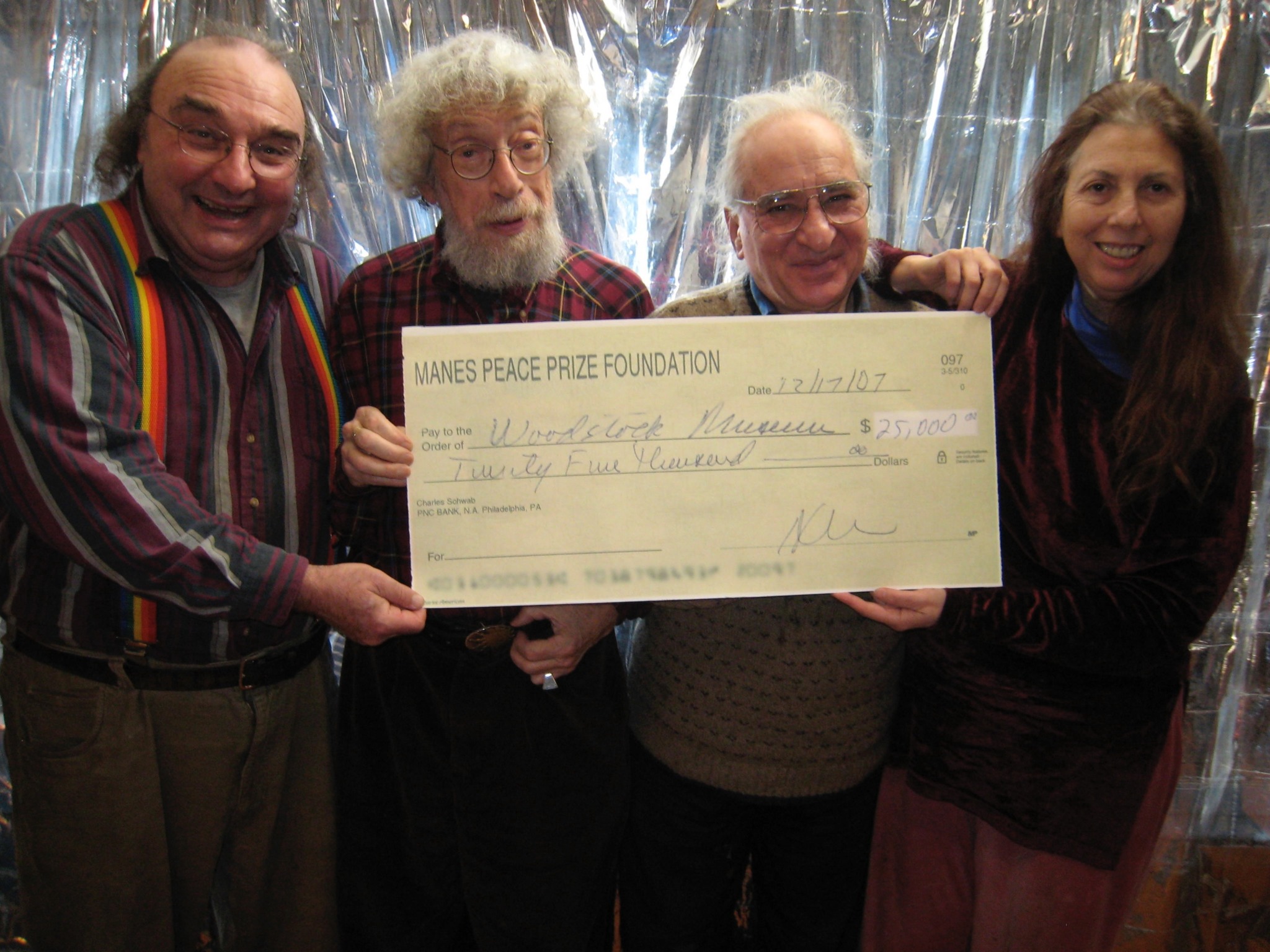

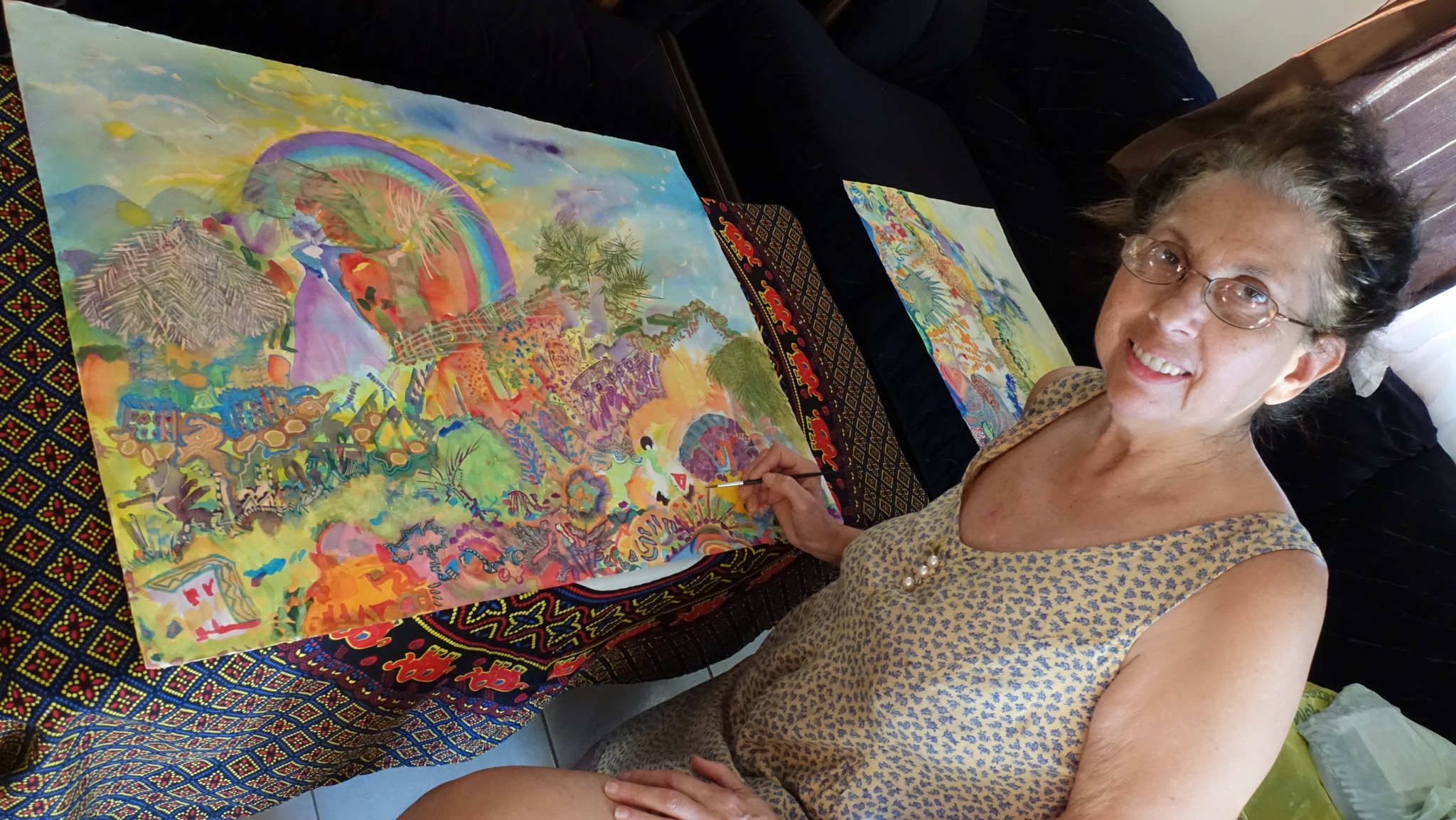
Image Credits
Nathan Koenig, Pres., Woodstock Museum


